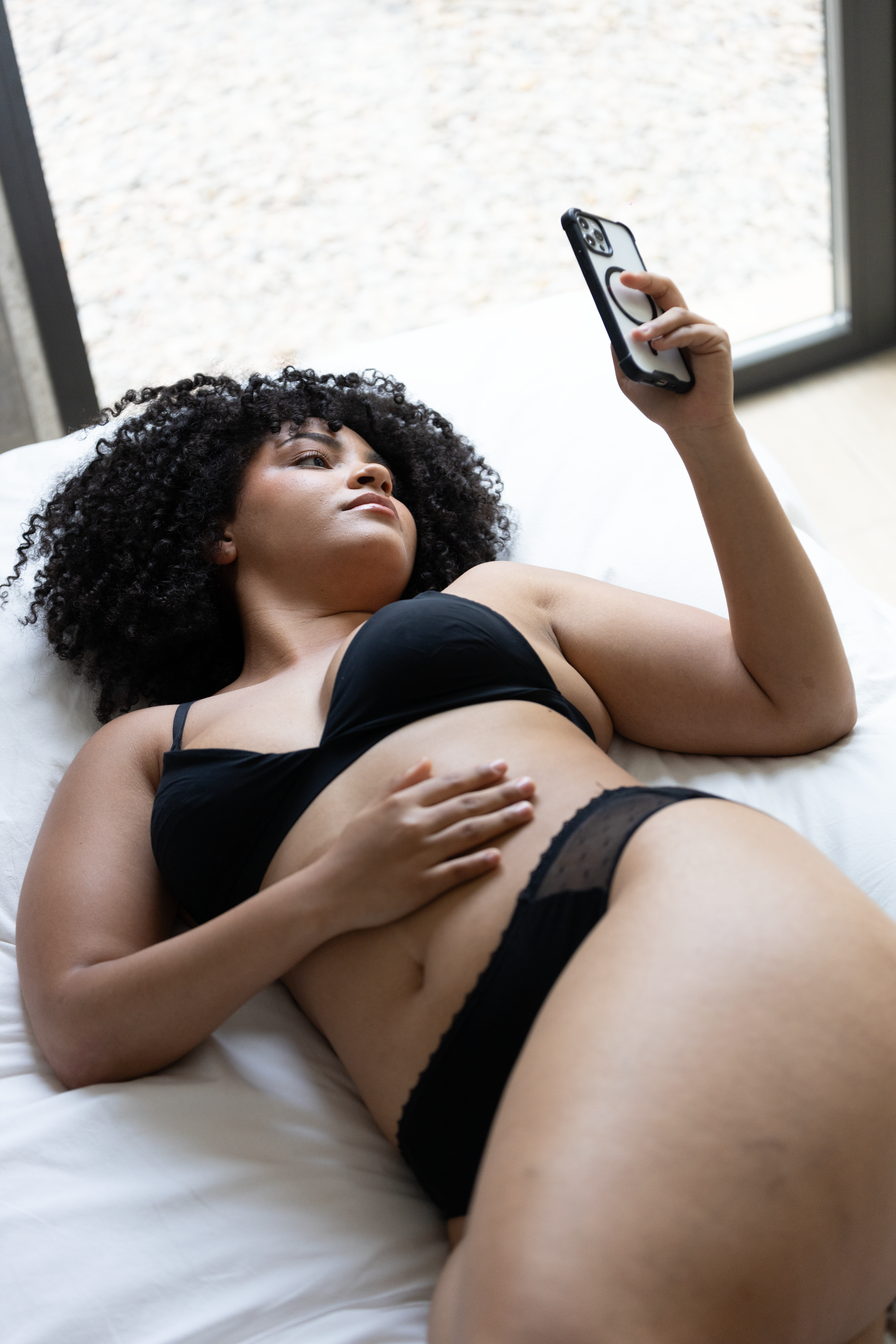
Disposable pads and tampons: An environmentally unfriendly option.

You probably already know that plastic is one of the main causes of increased pollution in the environment, but did you know that women also contribute greatly to this problem?
Whether consciously or unconsciously, the process of menstruation contributes greatly to environmental pollution.
Disposable pads, over the years, have incorporated a large amount of plastic in their design, sometimes to "improve the design" and give more comfort to women, but we know that this is not really the case.
Have you ever wondered how many disposable pads a woman uses throughout her fertile period?
It is difficult to get an idea of the extent of plastic waste from disposable feminine hygiene products, such as sanitary napkins and tampons because this type of waste is categorized as medical waste and does not require registration.
On the other hand, there is the fact that there is a lack of awareness of the great impact that the disposal of this type of product is having on the environment.
Imagine the following scenario.
- Considering that the average fertile life span of a woman is approximately 40 years, she can menstruate during this time using at least 4 to 5 disposable pads per day.
- Taking into account the length and flow of the period, each woman uses approximately 10,000 to 13,000 disposable pads or tampons during her lifetime. That's an estimated 143 lbs of waste per year.

Plastic is the number 1 enemy of our environment.
Both disposable pads and tampons are made of a myriad of plastic elements, from their packaging to their base and synthetic components to absorb the fluid.
The big problem here lies not only in the quantity of garbage but also in the time it will take to decompose.
In the case of disposable sanitary pads, they take approximately 500 to 800 years to fully degrade, and once they have served their purpose, most of them end up not only in landfills but also in waterways and as a result in our oceans.
So, what environmentally-friendly alternatives are there for us?
Nowadays there are more and more alternatives for menstruation products. More and more women prefer to opt for products that contribute to the well-being of the planet as well as their own well-being.
Both reusable pads and absorbent panties have become an excellent choice for women who love to take care of themselves and the environment.
Both are designed with natural fibers such as linen and cotton as well as absorbent and breathable fabrics to retain the blood flow properly and provide comfort at the time of use.
So now you know. It is in our hands to use those menstrual products that are environmentally friendly.





